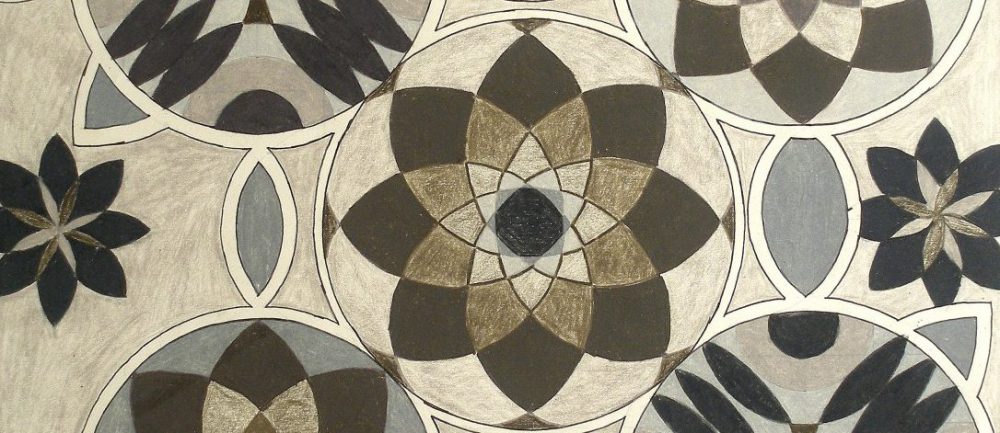COMD 1100 Prof Diamond
Design Element – SHAPE
Shape Project
Dictionary definition. “The external form or appearance characteristic of someone or something; the outline of an area or figure”.
Shapes are 2 dimensional and can be organic or geometric, irregular or regular. They may refer to a form, such as a figure, plant, object etc, but exist as a 2 dimensional area with little reference to 3 dimensional properties.
Positive and Negative shape when used in art and design refer to the areas around the dominant shape, what we usually call background.
Project- Organic shape, positive/ negative
- Research– on the internet look for images of plants, flowers, leaves etc and find an image that interests you which contains an overall movement of plants, leaves etc across the page.
- Line Drawing – draw the image, or selected areas (you may do some editing or composite imaging)
- Sketch- do any preliminary sketching to practice shapes, composition etc.
- Make Sure all sides of your page are crossed over with a part of the drawing, a leaf or branch etc. Cropping on all sides!
- Final sketch is 9”x12” either sketch paper or directly on Bristol
- Transfer, Redraw or copy full sketch onto Bristol for final piece. (can use light board or lit flat glass window for tracing.
- Can also use tracing paper
- Maintain 1” border around drawing.
- Negative/Positive Shape—use thin and thick pens/markers for inking.
- Divide the composition with thin line.
- ½ the composition will be drawn with white positive shapes (plant shapes) on BLACK inked NEGATIVE SHAPES
- ½ the composition will be drawing with plant shapes in black on WHITE NEGATIVE SHAPES.
-
- PART TWO—SYMMETRY AND PATTERN
- Discuss Structure through symmetry principles
- Mirror, reflective, and radial symmetry and repetition pattern
- look at resources, images and examples
- Using Adobe Photoshop and/or Illustrator, create small modules/units from Neg/Pos shape plant drawing (transfer digitally)
- Unit derived from roughly 2”x2” thumbnail detail within plant drawing- Look for interesting abstract neg/pos composition.
- Experiment with one unit at a time, using digital tools –
- Edit/Tranform—mirror, flip horizontal, flip vertical
- Make 4 moves of each unit design to create SYMMETRICAL DESIGN which includes MIRROR and REFLECTION symmetry.
- Then, expand project by reducing scale of each design and multiply/repeat to create repetition patterns.
- Discuss Structure through symmetry principles
PLEASE UPLOAD ON COURSE SITE ANY IDEAS OR METHODS YOU HAVE FOUND TO MOST EFFECTIVELY CREATE THIS PROJECT.
- PART TWO—SYMMETRY AND PATTERN



